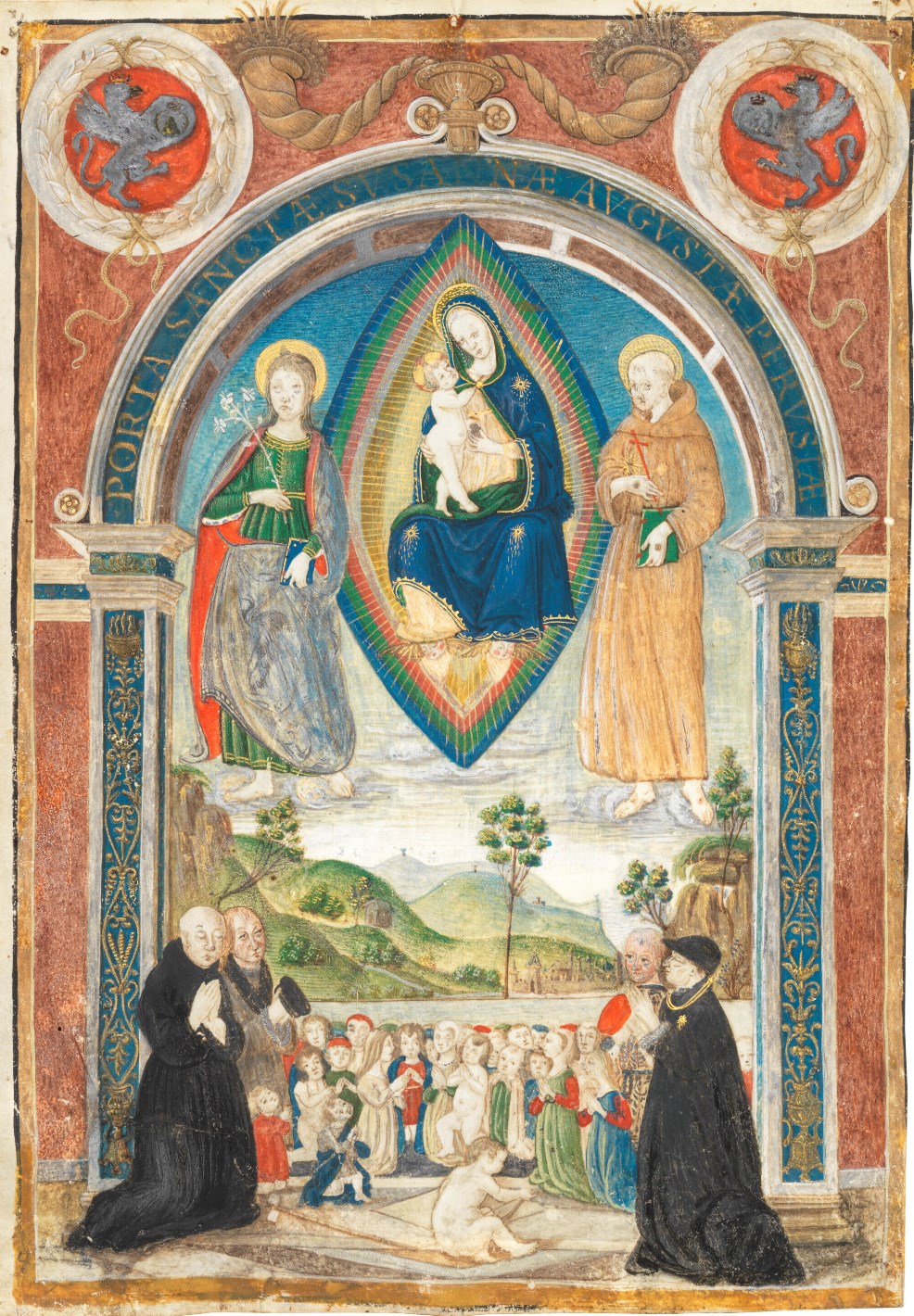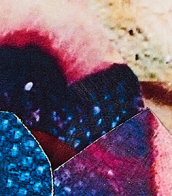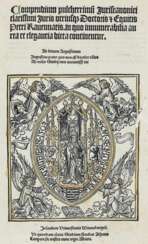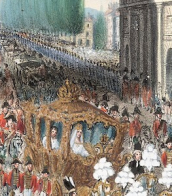tomma
Filippo Tommaso Marinetti was an Italian writer, poet, founder of Futurism and one of the ideologues of Fascism. He founded a number of futurist magazines and the publishing house Poesia.
Filippo Tommaso Marinetti - author of the first futurist manifesto, one of the founders of aerial painting. He founded his own political party in 1918 to expand and translate the ideals of the futurist movement into the political struggle.
One of the founders of Italian Fascism, he worked closely with Mussolini. In his later work, he developed an updated version of futurism, the so-called Aeropoiesis, whose manifesto he published in 1931.


Tommaso di Mascio Scarafone was an Italian painter and illuminator.
He worked in the studio of the Perugene illuminator, painter and frescoist Bartolomeo Caporali.

Filippo Tommaso Marinetti was an Italian writer, poet, founder of Futurism and one of the ideologues of Fascism. He founded a number of futurist magazines and the publishing house Poesia.
Filippo Tommaso Marinetti - author of the first futurist manifesto, one of the founders of aerial painting. He founded his own political party in 1918 to expand and translate the ideals of the futurist movement into the political struggle.
One of the founders of Italian Fascism, he worked closely with Mussolini. In his later work, he developed an updated version of futurism, the so-called Aeropoiesis, whose manifesto he published in 1931.

Filippo Tommaso Marinetti was an Italian writer, poet, founder of Futurism and one of the ideologues of Fascism. He founded a number of futurist magazines and the publishing house Poesia.
Filippo Tommaso Marinetti - author of the first futurist manifesto, one of the founders of aerial painting. He founded his own political party in 1918 to expand and translate the ideals of the futurist movement into the political struggle.
One of the founders of Italian Fascism, he worked closely with Mussolini. In his later work, he developed an updated version of futurism, the so-called Aeropoiesis, whose manifesto he published in 1931.


Tommaso Ruiz was an Italian marine painter active in Naples in the mid-18th century.
Ruiz worked in Sicily and Malta before coming to Naples, where he was active in the 1710s and 1750s. The artist is known for his panoramic views of Naples, which are historical accounts of the city's development. In particular, they depict the city in vivid color and detail before the destruction of the tower of San Vincenzo and before the reconstruction of the port under Charles III, Duke of Bourbon. Ruiz also depicted the Gulf of Naples and Vesuvius from different angles.


Tommaso Salini was an Italian Baroque painter and master of still life. He painted biblical compositions, portraits, and several paintings of the domestic genre.


Tommaso Ruiz was an Italian marine painter active in Naples in the mid-18th century.
Ruiz worked in Sicily and Malta before coming to Naples, where he was active in the 1710s and 1750s. The artist is known for his panoramic views of Naples, which are historical accounts of the city's development. In particular, they depict the city in vivid color and detail before the destruction of the tower of San Vincenzo and before the reconstruction of the port under Charles III, Duke of Bourbon. Ruiz also depicted the Gulf of Naples and Vesuvius from different angles.


Tommaso Ruiz was an Italian marine painter active in Naples in the mid-18th century.
Ruiz worked in Sicily and Malta before coming to Naples, where he was active in the 1710s and 1750s. The artist is known for his panoramic views of Naples, which are historical accounts of the city's development. In particular, they depict the city in vivid color and detail before the destruction of the tower of San Vincenzo and before the reconstruction of the port under Charles III, Duke of Bourbon. Ruiz also depicted the Gulf of Naples and Vesuvius from different angles.


Tommaso Ruiz was an Italian marine painter active in Naples in the mid-18th century.
Ruiz worked in Sicily and Malta before coming to Naples, where he was active in the 1710s and 1750s. The artist is known for his panoramic views of Naples, which are historical accounts of the city's development. In particular, they depict the city in vivid color and detail before the destruction of the tower of San Vincenzo and before the reconstruction of the port under Charles III, Duke of Bourbon. Ruiz also depicted the Gulf of Naples and Vesuvius from different angles.



Giulio Romano, an Italian prodigy in painting and architecture, is celebrated for his dynamic contributions to the Renaissance and Mannerist styles. A pivotal figure in the late Renaissance, Giulio Romano was not only Raphael's principal pupil but also a trusted assistant, inheriting his master's workshop upon his death in 1520.
Giulio Romano's artistic journey began under Raphael's tutelage, where he honed his skills in both painting and architecture. His work vividly reflects the essence of the High Renaissance yet also signals the advent of Mannerism, a style characterized by elongated forms and exaggerated emotions. Notably, Romano's architectural prowess was largely self-taught, developed while assisting Raphael, who was the papal architect during that time.
The Palazzo del Te in Mantua stands as a testament to Giulio Romano's architectural genius. This pleasure palace, begun around 1524 and completed a decade later, showcases his inventive spirit and skill. It's a striking example of how Romano played with classical conventions to create something uniquely expressive. His ability to transform spaces was not just limited to grand structures but also extended to designing gardens and facades, enhancing their aesthetics and functionality.
In painting, Giulio Romano's works such as the Stoning of St. Stephen in Santo Stefano, Genoa, and the Adoration of the Magi in the Louvre, demonstrate his mastery and influence. His fresco "Fire in the Borgo" in the Raphael Rooms of the Vatican City is particularly noteworthy. Romano's drawings and designs, revered for their technical skill and creativity, significantly influenced subsequent artists, including Nicolas Poussin.
For art collectors and experts, the works of Giulio Romano present a fascinating blend of Renaissance classicism and the burgeoning Mannerist style. His contributions in both painting and architecture have left an indelible mark on the history of art and culture.
For those interested in staying updated on sales and auction events related to Giulio Romano, consider signing up for updates. This subscription is strictly for alerts on new product sales and auction events relevant to Romano's works. Avoid missing out on acquiring a piece of this Renaissance master's legacy.
















































































